A Cougar Swam Puget Sound, Making a Splash Among Scientists
The young male known as M161 kitty-paddled his way through chilly waters full of orcas, raising questions about the animals’ potential range.
On January 26, 2020, biologists with the Olympic Cougar Project slipped a collar around the thick, tawny neck of a tranquilized adolescent cougar in an evergreen forest outside of Shelton, Washington. M161 was about a year and a half old, roughly 100 pounds, and still traveling with his mother, who was also caught and collared.
For the next four months, the scientists tracked mother and offspring as they rambled around the woods together. By May 2020, it was time for M161 to strike out on his own. As spring turned to summer, he wandered through the dewy ferns, towering firs, and occasional human neighborhood of the southern Olympic Peninsula, looking for a territory to call his own. On the afternoon of July 14th, the young cougar arrived at the rocky coastline of Puget Sound, greeted by cold, turbid water teeming with killer whales.
That’s when M161 did something completely unexpected—he jumped in and swam. After paddling for more than a kilometer, M161 emerged onto an uninhabited island, shook his coat dry, and slipped once more into the forest.
“It blew us away,” says Mark Elbroch, puma program director for wild cat conservation organization Panthera and part of the collaring team. “There are lots of preconceptions about mountain lions, and one is that they’re not water friendly. But clearly, they find a way.”
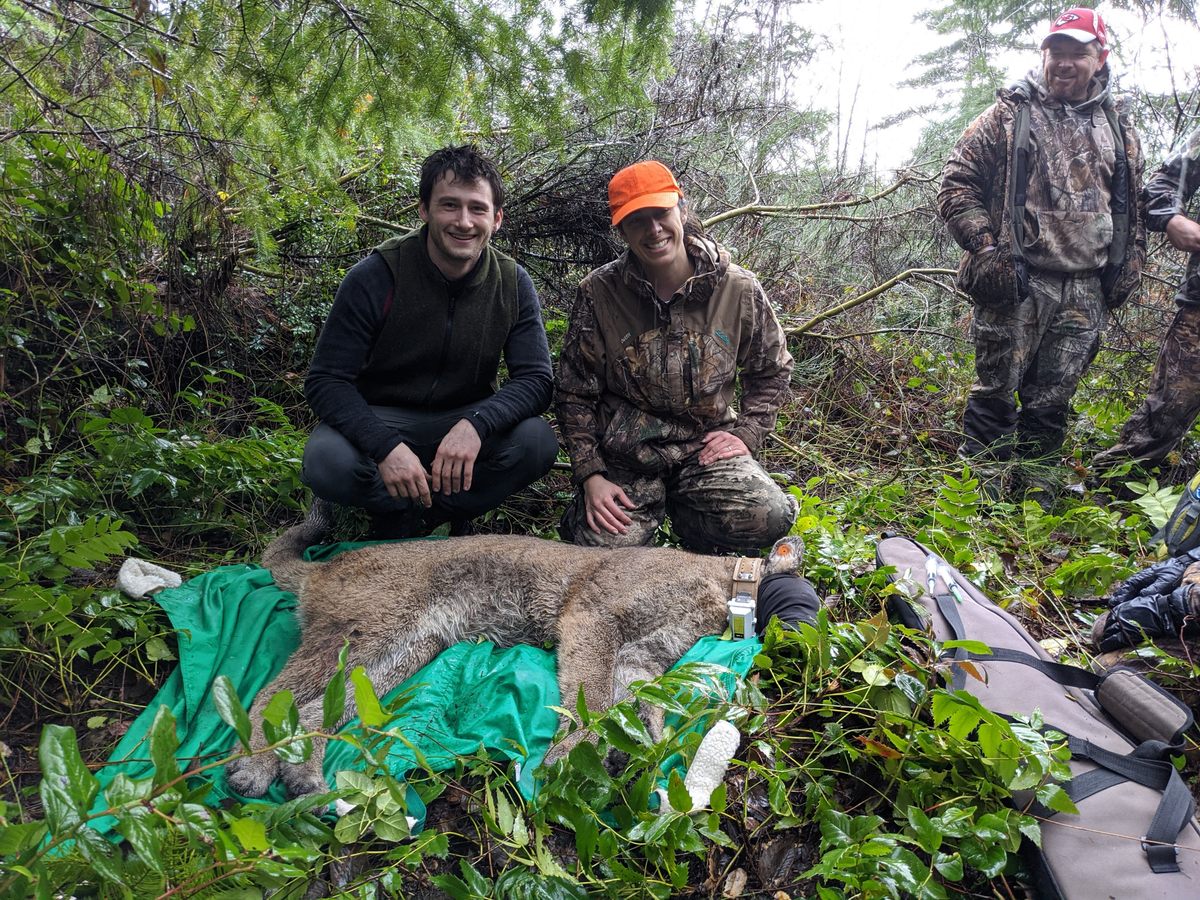
Helping cougars find their way is the impetus behind the Olympic Cougar Project, which is co-led by Panthera and the Lower Elwha Klallam Tribe, in collaboration with six other Indigenous nations.
According to a recent analysis of DNA samples taken from more than 1,900 cougars over 16 years, there are several genetically distinct populations of cougars in Washington, nearly all of which are interbreeding. The lone outlier of the bunch is the population of cougars that live on the Olympic Peninsula and demonstrate “the highest inbreeding and the lowest genetic diversity of anywhere in the state,” according to Elbroch.
This is troubling because as the gene pool of a population shrinks, so too does its ability to adapt to changes in the ecosystem, including disease outbreaks and wildfires.
What’s hemming these big cats in? The Olympic Peninsula is surrounded by water on three sides; to get to the mainland, cougars have to cross Interstate 5, a major highway that carries more than 100,000 cars a day. “It’s a serious border for them,” says Elbroch. The Olympic Cougar Project wants to build wildlife corridors over and under I-5 to facilitate access—and encourage genetic exchange—between the state’s populations of cougars.
To figure out where to build those bridges (and convince lawmakers they are necessary) the group is collaring cougars. “The best way to show connectivity or lack of connectivity is with movement data,” Elbroch says. The Olympic Cougar Project is particularly interested in juvenile cougars like M161, animals that don’t yet have a home range, or, as he puts it, “a map in their head of where the safe places are.”
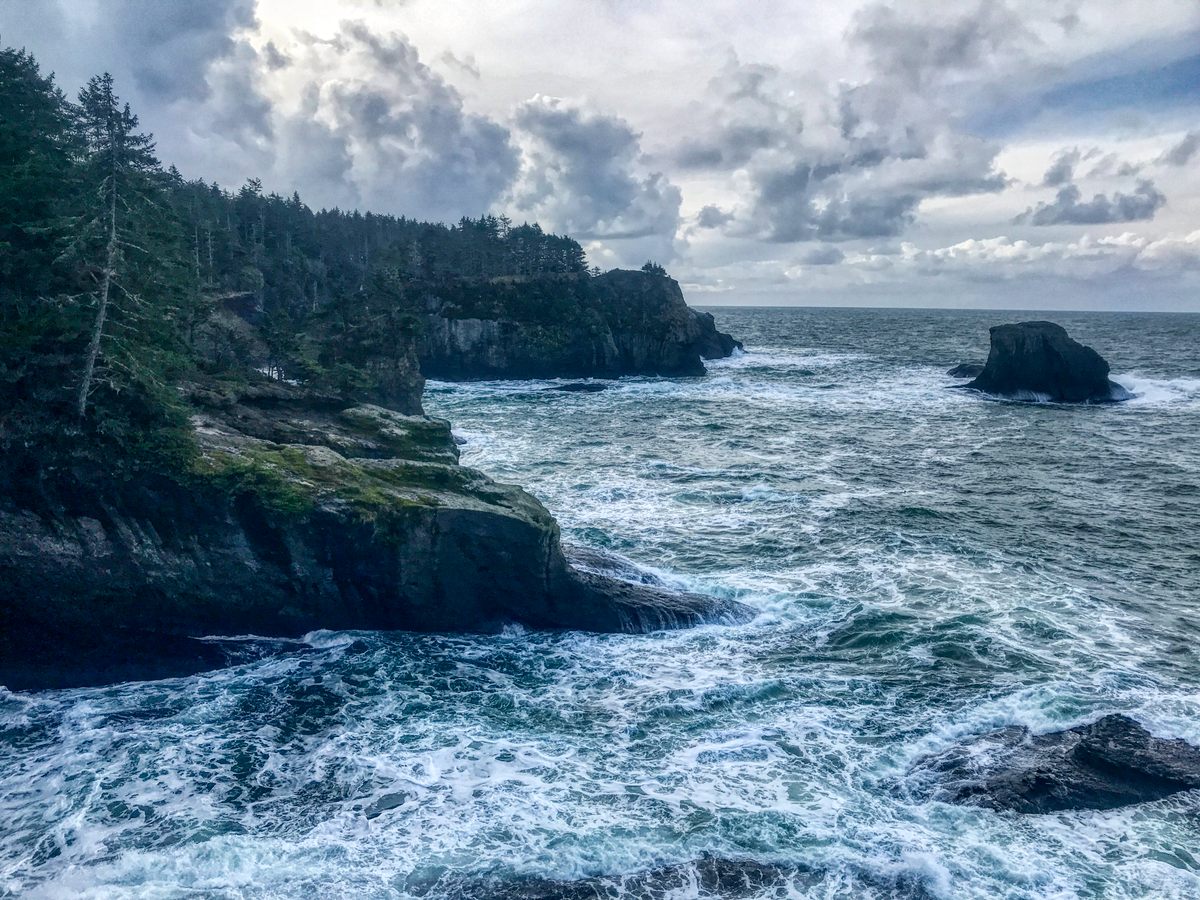
M161’s swim is both a feat of athleticism and an important data point for the project. It shows what cougars are capable of—and it also expands the number of places where they could feasibly thrive.
With the new knowledge that a cougar can swim more than a kilometer, the biologists were curious to see how many islands in the Salish Sea—the body of water that contains Puget Sound as well as thousands of tiny specks of land—would be accessible to the apex predator.
To do so, they created a map that highlighted two kinds of islands: those that are up to 1100 meters (about two-thirds of a mile) from the mainland, and those that are within 1100 meters of the first group, and therefore theoretically accessible via multiple swims. In a paper published recently in Northwestern Naturalist, the research team identified 3,800 islands in the Salish Sea as potential “island-hopping” cougar habitats. If they increased the swimming distance to two kilometers—a reasonable expansion given that previous research documented a handful of cats present on islands that far from the nearest land—that number jumped to 4,583.
But are all cougars as athletic, ambitious, or fearless as M161? John Benson, a wildlife ecologist at the University of Nebraska who has studied cougars on both coasts and was not a part of the study team, says he’s seen the felines traverse rivers before, but never cover a distance as far as M161’s epic paddle. As far as what would motivate a cougar to make such a daring swim, Benson says it’s often a matter of life or death.
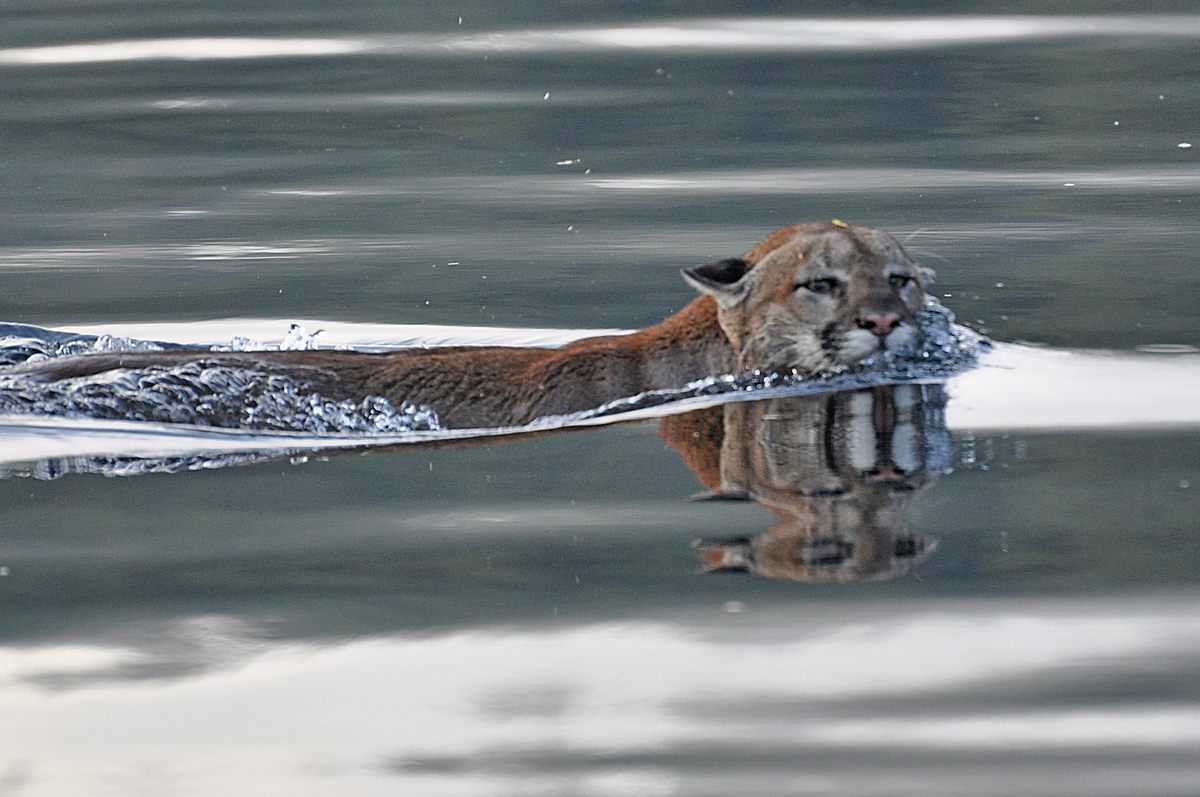
“It’s impossible to know for sure, but we can infer,” the ecologist says. “An avoidance of inbreeding for one, or the avoidance of competition from other cougars who are also looking for a mate or food.”
Benson says M161’s record-setting swim has a number of implications for conservation professionals working to enhance cougar habitat—or expand it. “On a local scale, this means relatively modest lakes and rivers are not barriers to them. On a larger scale, my mind jumps to range expansion. Cougars are moving east. It looks like the larger rivers in their way, waterways like the Mississippi and Missouri, will not pose a natural barrier to this expansion.”
Water might not be a major obstacle for cougars, but roads, development, and society’s reluctance to coexist with the large predators remain.
Mark Elbroch and the team at Olympic Cougar Project know all too well that the cats’ incredible abilities are often no match for the danger posed by humans. A few weeks after his epic swim, M161 was shot and killed by a poacher.
“It was an unfortunate end to a heroic effort,” Elbroch says. But M161’s short life has forever changed the scientists’ understanding of cougars, how they move around a changing landscape, and what is standing in their way.
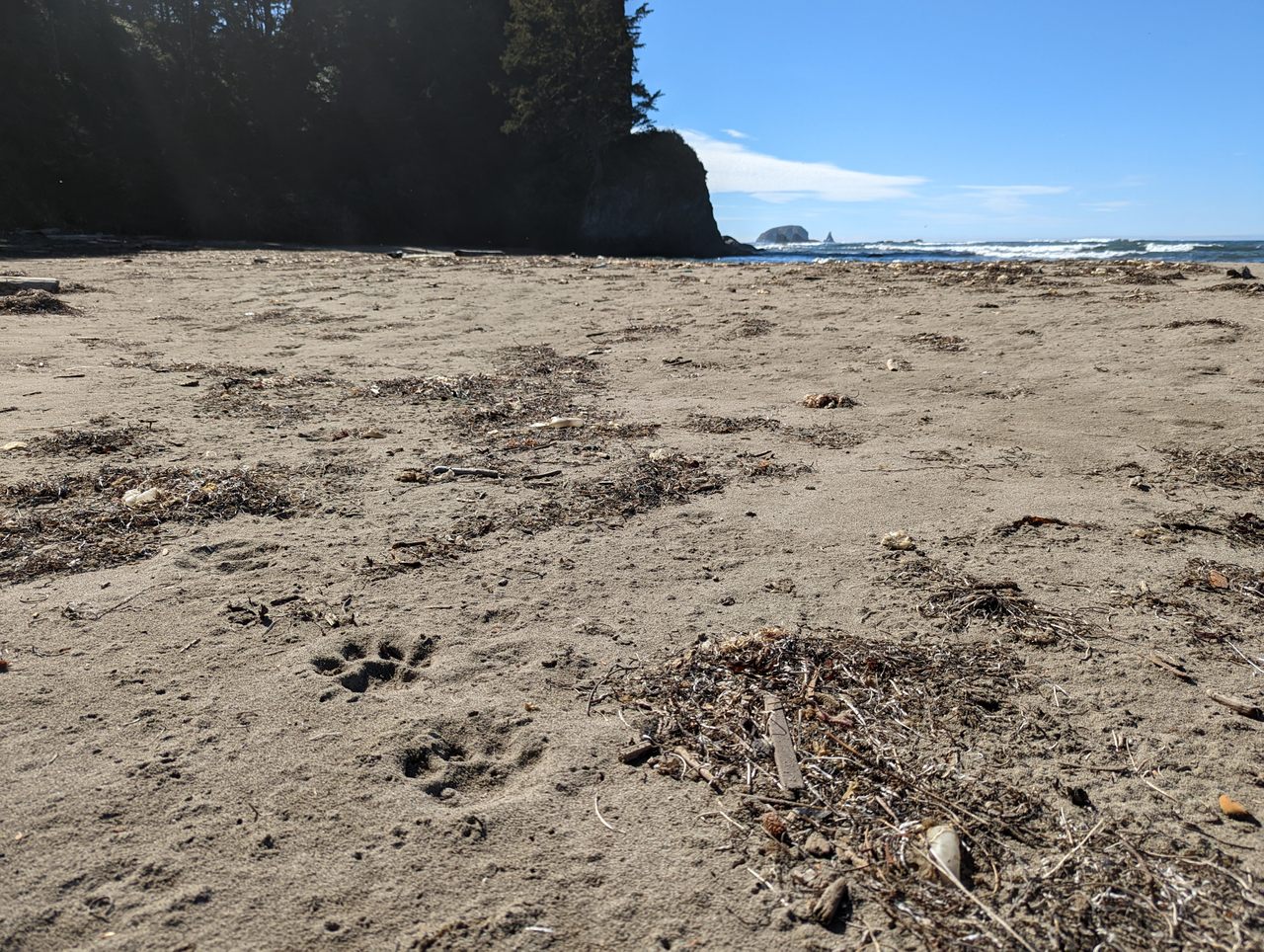




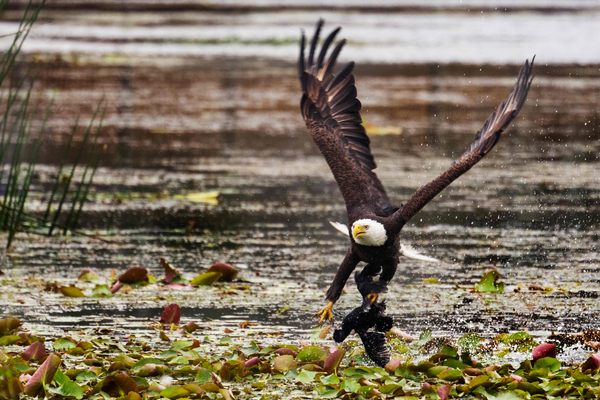
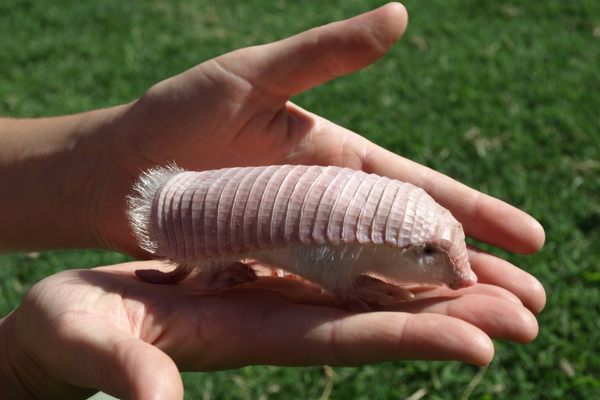


























Follow us on Twitter to get the latest on the world's hidden wonders.
Like us on Facebook to get the latest on the world's hidden wonders.
Follow us on Twitter Like us on Facebook